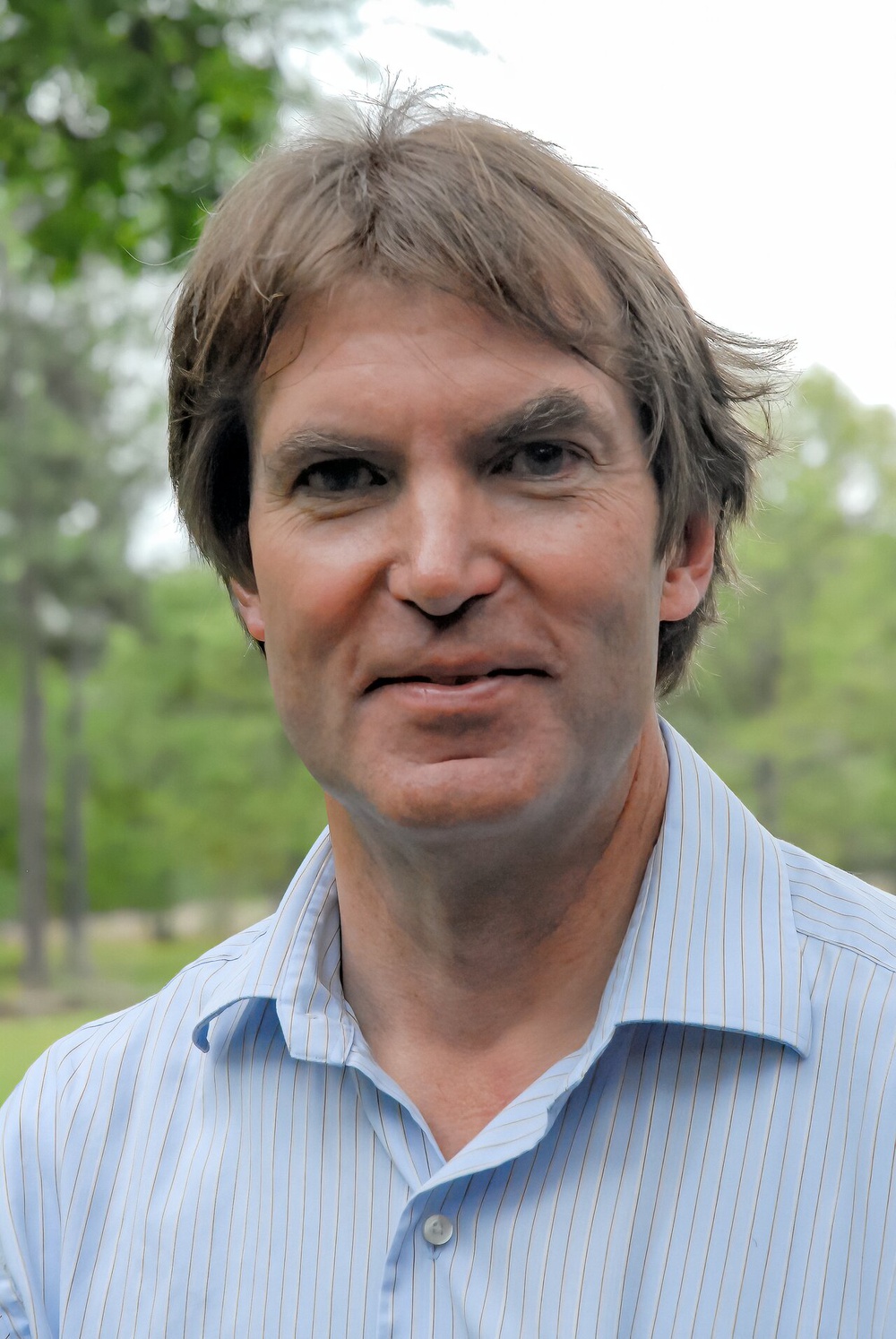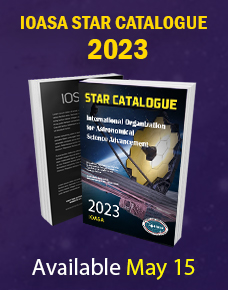The Shaw Prize in Astronomy 2020 is awarded to Roger D. Blandford, Luke Blossom Professor in the School of Humanities and Sciences and Professor at SLAC National Accelerator Laboratory, Stanford University, USA, for his wide-ranging foundational contributions to theoretical astrophysics. This prestigious award is one way in which the Shaw Prize Foundation seeks to promote astronomy, a mission shared by the IOASA, and which the two organisations have ongoing collaborations to pursue.
Roger D. Blandford is one of the most outstanding all-round theoretical astrophysicists of his generation, having made foundational contributions to many astrophysical problems including the fundamental understanding of active galactic nuclei, the formation and collimation of relativistic jets, the energy extraction mechanism from black holes and the acceleration of particles in shocks and their relevant radiation mechanisms. His work across this extremely broad spectrum of problems arguably places him among the group of rare “universal” scientists. Furthermore, he has been one of the leaders in the modelling and interpretation of gravitational lensing, and has contributed to the interpretation of gamma-ray data from the Fermi spacecraft and the study of gravitational waves.
Blandford has authored and co-authored classic papers that identified the key processes involved in AGN, driven by accreting massive black holes. These same processes are also relevant to gamma-ray bursts and stellar-mass black holes. He and his collaborators originated key ideas about the spectacular multi-scale acceleration and collimation of relativistic jets, involving complex fluid-dynamical and electro-dynamical processes. One of his most insightful contributions was the recognition that magnetic torques could extract energy from a spinning (Kerr) black hole, and thus efficiently drive jets. This paper together with others on the creation of fast winds from accretion discs around massive black holes have in recent years become even more relevant and widely cited than when they were originally written. This is because high-resolution radio and infrared interferometric observations are just now beginning to directly probe and reveal the innermost accretion and jet formation zones around massive black holes, which Blandford analysed in his prescient theoretical work. The disc winds are also relevant for outflows from protostars.
Also gaining increasing attention is Blandford’s work dealing with the fate of binary black holes, which arise as the outcome of mergers between galaxies. He is also the co-inventor of the “reverberation technique”, which uses the temporal changes of line and continuum emission to explore the spatial structure of gas in the vicinity of distant supermassive black holes, a now-standard technique used by many observers.
Blandford’s contributions to this subject began with analytic work, but in recent papers he and his collaborators have exploited increasingly sophisticated numerical techniques to realistically capture the complex physics in the strong-gravity environment of spinning and accreting black holes.
In addition to his research, Roger Blandford stands out for his tireless participation in community service, culminating in his leadership of the 2010 US decadal survey in astrophysics.
Blandford’s many profound contributions to theoretical astrophysics and his continuing originality and towering presence make him a worthy recipient of the 2020 Shaw Prize in Astronomy.
Astronomy is one of three categories in which the Shaw Prize is awarded, the other two being Life Science & Medicine and Mathematical Sciences. While the IOASA naturally collaborates with the astronomy branch, the organisation would like to congratulate the scientists recognised in all three fields. The joint winners of the prize for Life Science & Medicine are Gero Miesenböck, Peter Hegemann and Georg Nagel, for their work on the development of optogenetics, a technology that has revolutionised neuroscience. The winners of the prize for Mathematical Sciences are Alexander Beilinson and David Kazhdan, for their huge influence on and profound contributions to representation theory, as well as many other areas of mathematics.
Roger D. Blandford Receives 2020 Shaw Prize in Astronomy — Blandford hailed as “universal” scientist for his wide-ranging contributions
May 21, 2020

Recipients of 2020 Gruber Cosmology Prize Announced — Lars Hernquist and Volker Springel are honoured for their defining contributions to cosmological simulations
May 6, 2020

The Gruber Cosmology Prize, which is co-sponsored by the IOASA, recognises scientists whose discoveries have driven fundamental advances in our understanding of the Universe. The 2020 prize has been awarded to Lars Hernquist and Volker Springel for their pioneering work on cosmological simulations, which have not only led to their own discoveries, but also become an invaluable resource used widely by other researchers.
The Gruber Foundation today announced the recipients of this year’s Cosmology Prize. The prize is awarded annually to leading scientists and cosmologists who have made groundbreaking discoveries that change or challenge our understanding of the Universe.
This year’s prize goes to Lars Hernquist, Center for Astrophysics | Harvard & Smithsonian, and Volker Springel, Max Planck Institute for Astrophysics, in recognition of their transformative work on cosmological simulations, a method that tests existing theories of, and inspires new investigations into, the formation of structures at every scale from stars to galaxies to the Universe itself. Furthermore, the numerical algorithms and community codes they have developed have been used by many other researchers to significantly advance the field. Hernquist and Springel will share the $500 000 award, and will each receive a gold laureate pin at a ceremony that will take place later this year.
Hernquist was a pioneer in cosmological simulations when he joined the fledgling field in the late 1980s, and since then he has become one of its most influential figures. Springel, who entered the field in 1998 and first partnered with Hernquist in the early 2000s, has written and applied several of the most widely used codes in cosmological research. Together Hernquist and Springel constitute, in the words of one Gruber Prize nominator, “one of the most productive collaborations ever in cosmology.”
Computational simulations in cosmology begin with the traditional source of astronomical data: observations of the Universe. Then, through a combination of theory and known physics that might approximate initial conditions, the simulations recreate the subsequent processes that would have led to the current structure. By comparing the properties of the simulated Universe and galaxies to observations, the validity of the underlying cosmological model can be tested. This tool has allowed Hernquist and Springel, either individually or collaboratively, to show that information from the cosmic microwave background (the relic radiation from the Big Bang) and spectra from quasars are reliable predictors of present-day galactic structures. They have also used computational simulations to test theories relating to cold dark matter (the invisible matter that comprises roughly four-fifths of the Universe’s matter) and dark energy (a mysterious force causing an accelerated late-time expansion of the Universe), and how they, in concert with ordinary baryons, give rise to today’s visible structures.
In addition to their own discoveries, Hernquist and Springel have provided the means for other researchers to transform cosmology. For instance, Hernquist, Springel and their collaborators have emphasised the need for simulations to incorporate feedback — the portion of the outflow of material (such as gas) that feeds back into evolutionary processes. In 2005, working with a collaborator (Tiziana Di Matteo), they demonstrated that black-hole feedback determines the growth relationship between supermassive black holes and their host galaxies.
Thanks to their example, feedback is now a standard component of cosmological simulations at virtually every scale, from stellar evolution, protoplanetary disks, supermassive black holes, gas physics in galaxies and galaxy mergers, to dark matter physics that determines the distribution of superclusters of galaxies into web-like tendrils.
Hernquist and Springel have also written several codes that cosmologists consider indispensable. Hernquist (along with Neal Katz) created TreeSPH, which Hernquist and, subsequently, other researchers used to investigate large-scale structures. Springel wrote two codes that today dominate cosmological research. In 2001 he (with Naoki Yoshida and Simon White) introduced GADGET, which he used in creating the Millennium Simulation, the first dark matter-only simulation to encompass a representative volume of the Universe. The resulting series of images provided a vivid and compelling set of images that helped popularise the idea of a “cosmic web.” Springel also led the creation of AREPO, a moving-mesh simulation code which he and Hernquist (and a team of collaborators) subsequently used in the creation of Illustris, a 2014 simulation of the formation of the galaxy distribution across a broad area of the Universe.
The problems of cosmic structure formation and the formation and evolution of galaxies are extremely complex, so much so that numerical simulations are the only practical way at present to construct a full theoretical model. The remarkable success of contemporary models such as Illustris, which can reproduce properties of the Universe from its largest structures to individual galaxies, over nearly the full history of cosmic time, is the result of a triumphal marriage between state-of-the-art computation and deep astrophysical insights. This year’s Gruber Cosmology Prize recognises the leading role in this breakthrough played by Lars Hernquist and Volker Springel.
In addition to the cash award, each recipient will receive a gold laureate pin and a citation that reads: The Gruber Foundation is pleased to present the 2020 Cosmology Prize to Lars Hernquist and Volker Springel for their transformative work on structure formation in the universe, and development of numerical algorithms and community codes further used by many other researchers to significantly advance the field. The contributions of Hernquist and Springel have led to profound insights spanning billions of years of cosmic evolution, including simulations of the growth of early density fluctuations through to present-day galaxies, the influence of galaxy mergers on star formation, and the close coevolution of supermassive black holes with their host galaxies.






